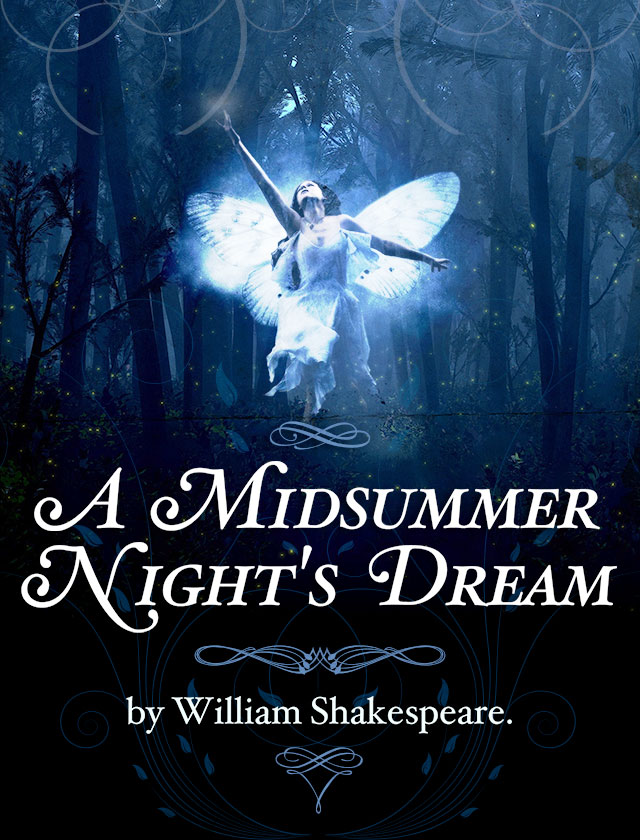A Midsummer Night's Dream
by William Shakespeare
Introduction
A Midsummer Night’s Dream is generally believed to have been written between 1595 and 1596, and was likely first performed as the entertainment for an aristocratic wedding. It would have been appropriate as a wedding entertainment, for the play centers around the theme of love in all its manifestations—exploring love’s magic as well as its madness, its blissful aspects as well as its obstacles.
Shakespeare’s Romeo and Juliet was also authored in the mid-1590s, and there are some clear parallels between the famous tragedy and A Midsummer Night’s Dream. Both plays revolve around the major theme of love’s obstacles, and both feature lovers who are forbidden to marry because of familial opposition. A Midsummer Night’s Dream also includes a play-within-a-play—comically performed by a group of amateur actors—which is the tragic story of “Pyramus and Thisby,” star-crossed lovers who each commit suicide because they mistakenly think the other is dead. Though it shares a tragic plot with Romeo and Juliet, the amateurs’ performance of the tragedy is extremely farcical. This is just one of the ways in which A Midsummer Night’s Dream brings out the comedic aspects of love.
The story of Pyramus and Thisby is, in fact, taken from Ovid’s Metamorphoses, and it is not the only thing which A Midsummer Night’s Dream borrows from Ovid. The play is set in ancient Greece, and includes a number of magical transformations like the ones described in The Metamorphoses. The enchanted woods filled with sprites and fairies, in which the young Athenian lovers pass their midsummer evening, also invoke the mythological stories of Ovid. In the rich tapestry of this play, Greek mythology collides with English folklore as well. Robin Goodfellow, the alternative name for the fairy Puck, is a folkloric name for the Devil.
Although the play includes allusions to other works of literature, it is different from most of...
Sign up to continue reading Introduction >